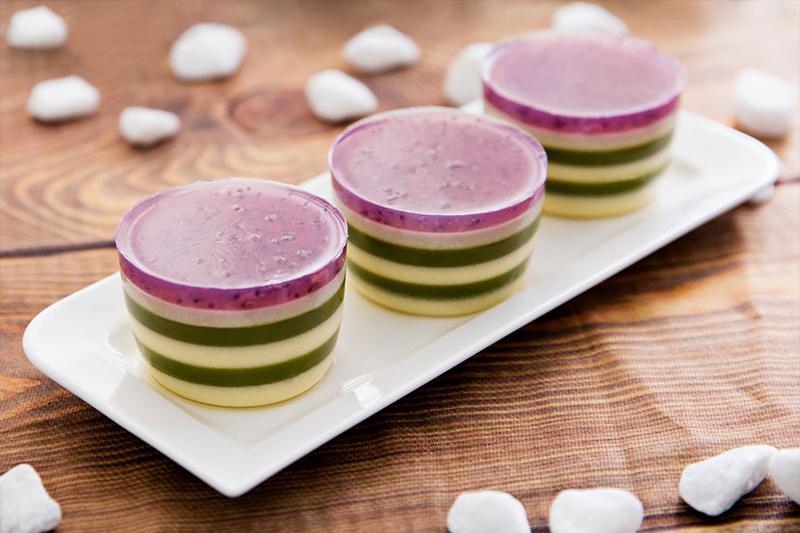Grass jelly, or grass jelly cups, is a popular dessert in Vietnam, often served at parties or as a snack. If you’re not a fan of store-bought grass jelly like New Choice and want to make your own, here’s a recipe to try.
Besides the recipe, experience is crucial to making a large batch of grass jelly, especially if you want it to be crunchy. Without the right technique, your grass jelly may turn out chewy instead of crispy.
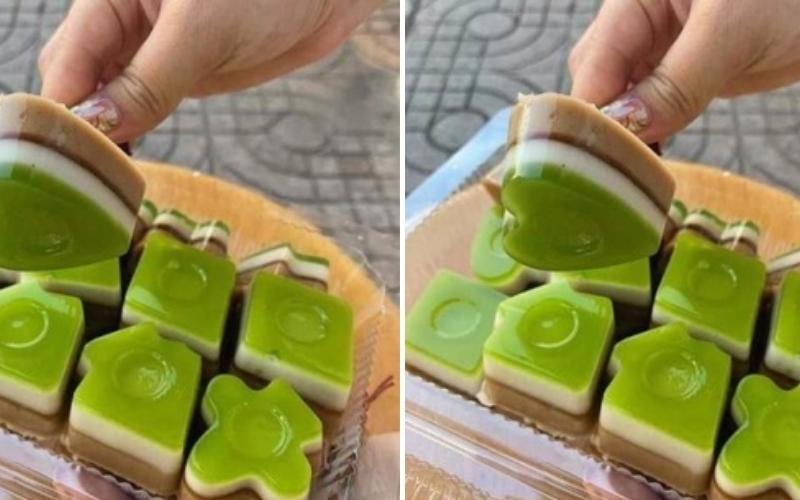
Preparation
15 minutesCooking
60 minutesServes
5 – 6 people
1Ingredients for Crunchy Grass Jelly
-
Coconut milk 300ml
-
Pandan leaf extract
-
Condensed milk 200g

Ingredients for Crunchy Grass Jelly
2How to Make Crunchy Grass Jelly
Step 1 Cook the Grass Jelly
In a pot, combine 2 liters of water and 25g of grass jelly powder. Stir well and let it sit for 30 minutes to allow the powder to bloom.
Place the pot on the stove and cook over low heat, stirring continuously, until the mixture turns clear and slightly boils.
Reduce the heat to low and add 180g of sugar, a pinch of vanilla, and a few grains of salt. Stir well and continue cooking for 10 minutes over medium heat.
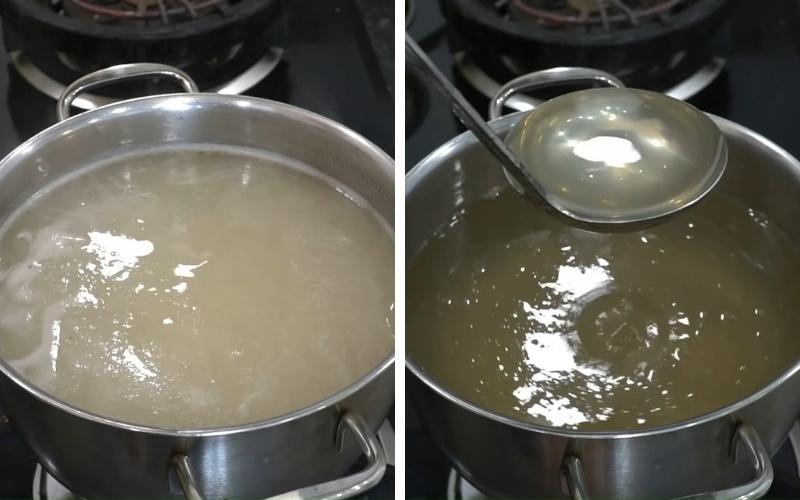
Cooking the Grass Jelly
Step 2 Pour the Coffee Layer
Mix 3g of instant coffee with 100ml of boiling water, then add 400ml of the grass jelly liquid and stir well. Pour this mixture into your chosen mold and wait for the surface to slightly set before pouring the next layer.

Pouring the Coffee Layer
Step 3 Pour the Coconut Layer
In a large bowl, combine 200g of condensed milk, 300ml of coconut milk, and 20g of sugar. Add 1.2 liters of the grass jelly liquid and stir well.
Pour this layer over the coffee layer that has already set. Allow it to cool.
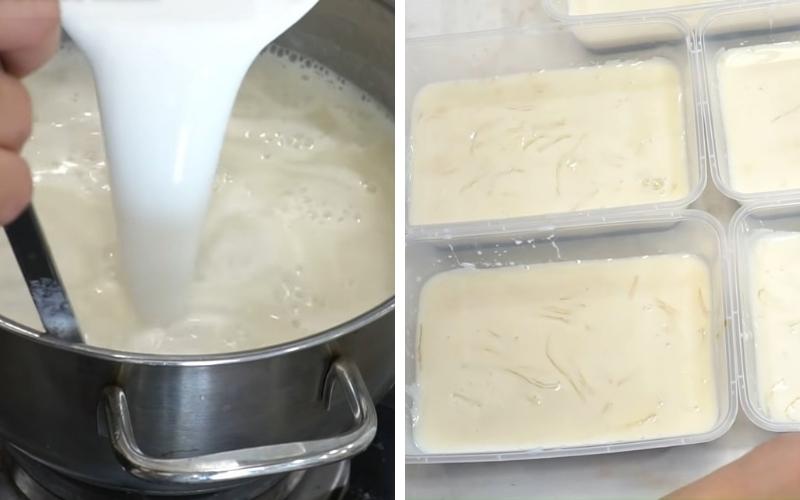
Pouring the Coconut Layer
Step 4 Pour the Pandan Layer
Add 4 tablespoons of pandan leaf extract to the remaining grass jelly liquid and stir well.
Wait for the coconut layer to slightly set, then pour the pandan layer on top.

Pouring the Pandan Layer
Step 5 Final Product
Allow the grass jelly to cool completely, then refrigerate. Once chilled, cut it into bite-sized pieces.
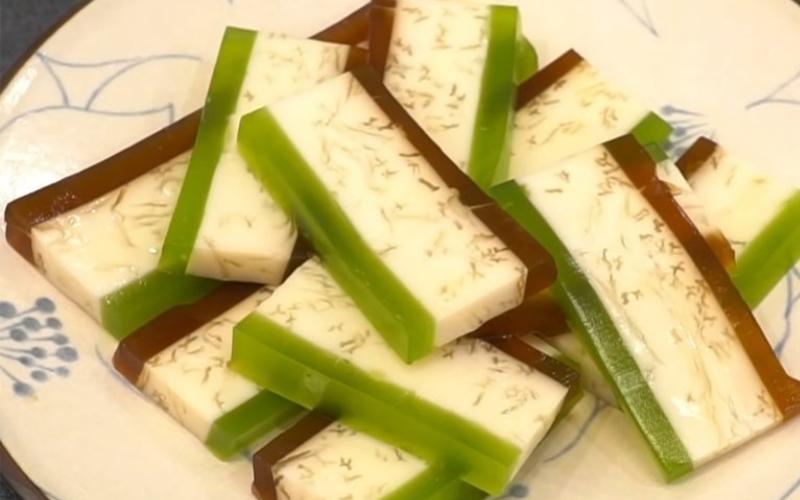
Final Product
3Enjoying Your Grass Jelly
The grass jelly has three beautiful colors and a crunchy, refreshing texture. It’s sweet, with a delightful fragrance from the coconut milk, pandan, and coffee.
Check out this collection of 10 delicious grass jelly recipes for more inspiration!
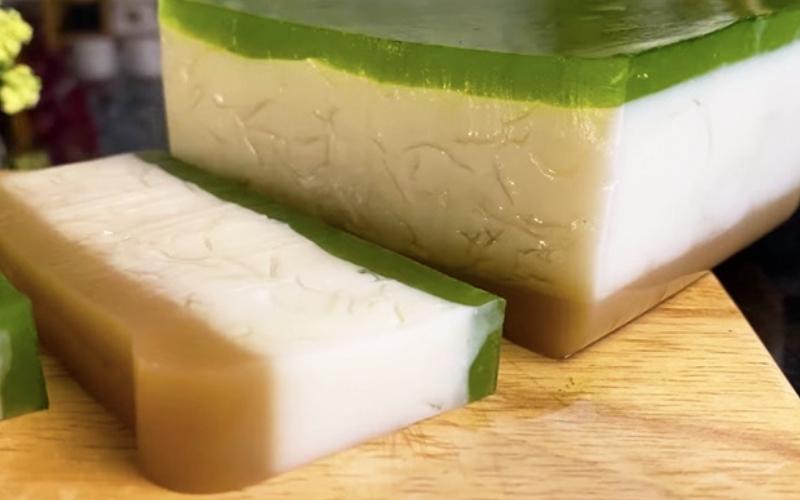
Enjoying Your Grass Jelly
4Ratio of Grass Jelly Powder to Water
Different brands of grass jelly powder have different ratios of powder to water. Therefore, it’s important to read the instructions on the package before cooking to ensure you get the right consistency. However, if you want to add extra flavors like coffee, tea, fresh milk, coconut milk, or condensed milk, you’ll need to adjust the water ratio accordingly.
For example, the instructions on a 50g package of crunchy grass jelly powder might suggest using 2.5 liters of water. However, based on experience, if you want crunchier grass jelly, you should use only 1.5 liters of water. You can still add additional flavors and ingredients, but maintain a minimum of 1.5 liters of water per 50g of powder.
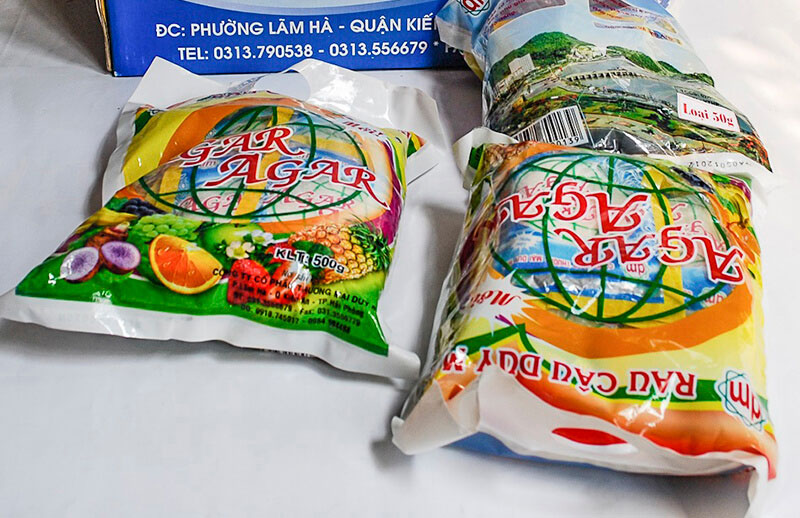
Ratio of Grass Jelly Powder to Water
5Tips for Making Grass Jelly
If you’re adding extra flavors like coffee, coconut milk, or milk, it’s best to do so after the grass jelly powder has completely dissolved. This way, you’ll retain the flavors and aromas of the added ingredients.
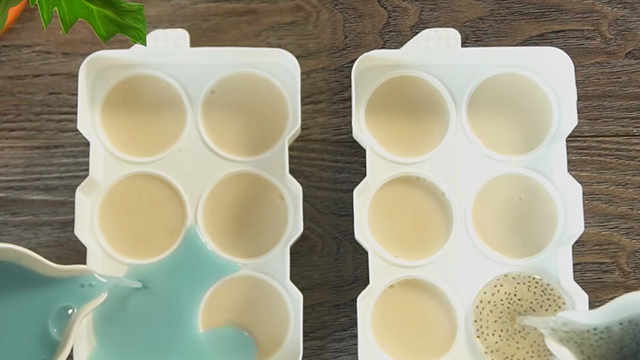
If you want to create multiple layers of grass jelly, wait for the previous layer to slightly set before pouring the next one. Be gentle and careful when pouring the new layer to avoid mixing the layers. If the previous layer is too soft, the layers will blend, and if it’s too hard, they won’t stick together.
When making grass jelly for your family, you can use any mold you like. However, if you’re making it for a party, consider using small plastic cups (10 per table) or a round mold with a diameter of 20-30 cm and a height of 3-4 cm, which can be cut into 10 equal portions.
Grass jelly can solidify quickly, so it’s best to cook it in small batches. If you’re distracted or encounter any issues while stirring, you might ruin the entire pot, which can be costly.
